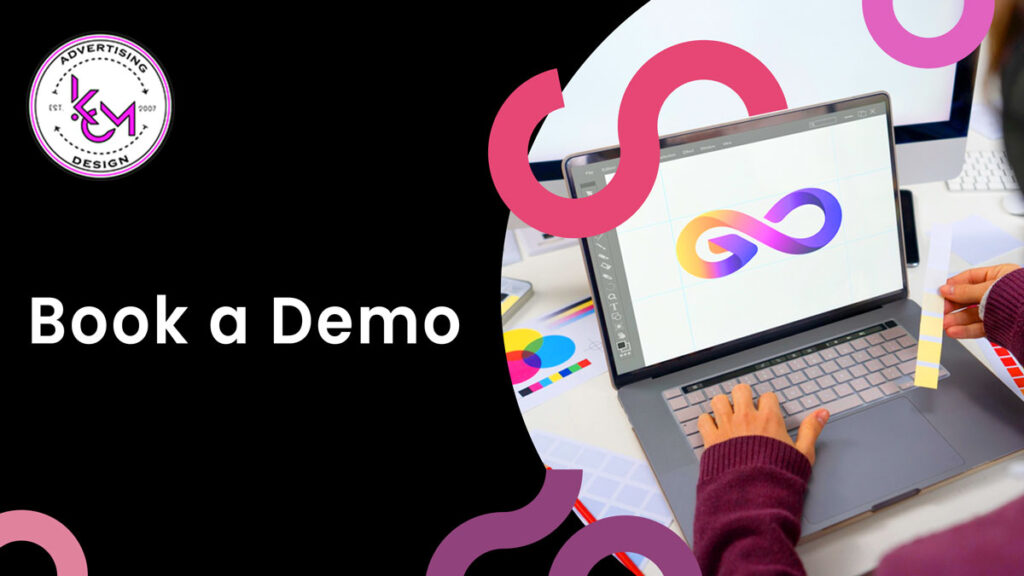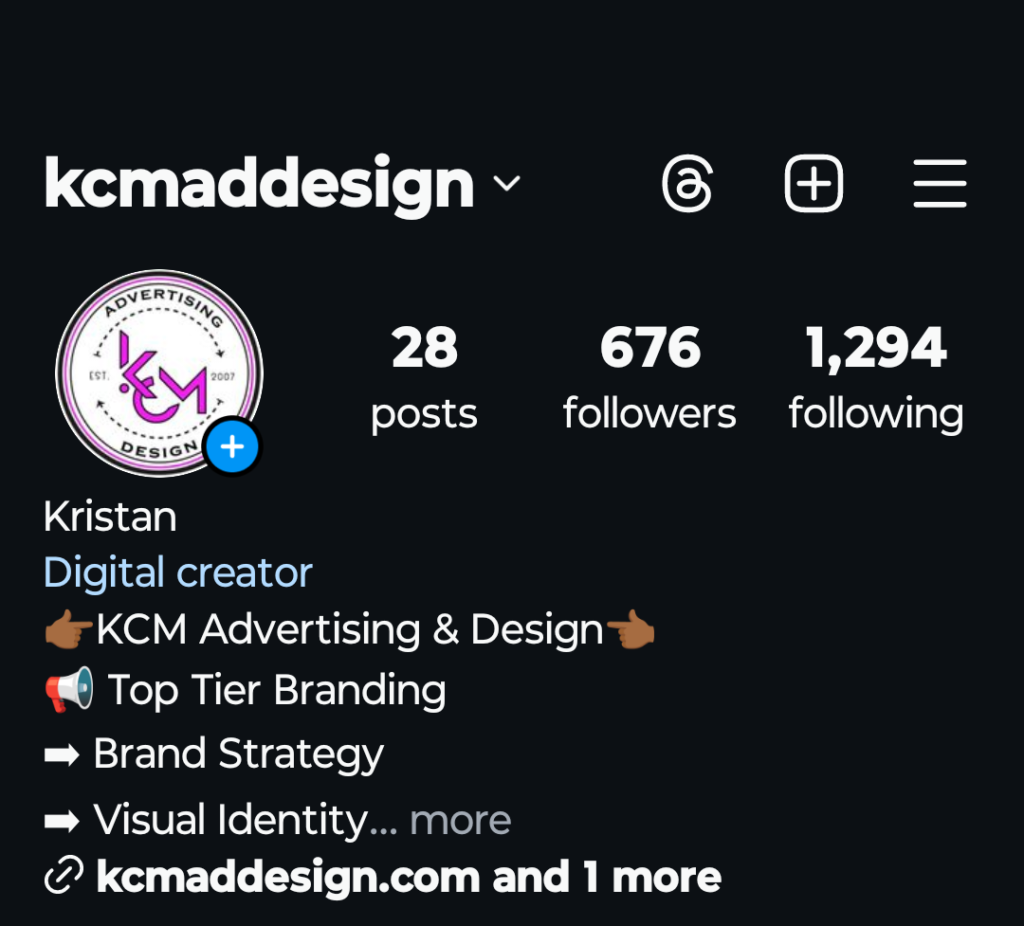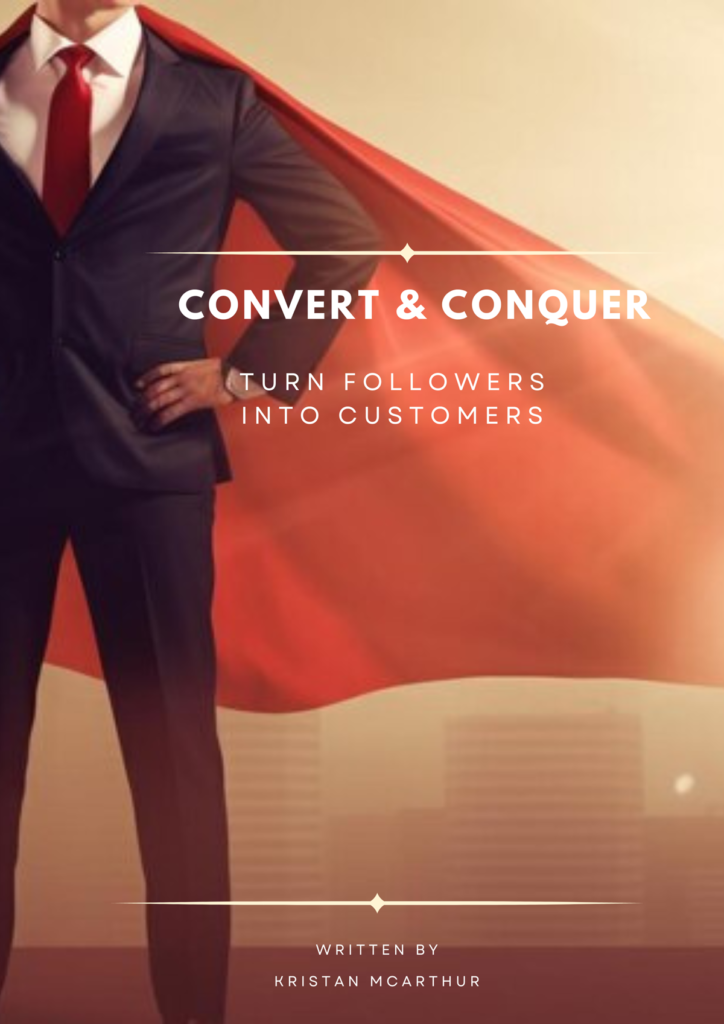
How Storytelling Strengthens Your Brand and Engages Customers
By Kristan McArthur | January 4, 2025

Lost in the Noise: Standing Out with Storytelling
Modern consumers are overwhelmed by a constant stream of advertisements, social media posts, and promotional emails. Amid this noise, it’s easy for small businesses to feel invisible. But brands that leverage authentic storytelling find a way to stand out. By weaving narratives that resonate emotionally, they invite customers to see themselves as part of the brand’s journey. If your small business feels lost in the shuffle, this guide is for you. It explains how storytelling can make your brand relatable, memorable, and trusted.
Why Storytelling Works for Small Businesses
Storytelling connects on a human level, transforming your brand into something more than a product or service. Here’s how:
- It Builds Emotional Connections
Stories evoke emotions, which are powerful drivers of decision-making. Customers who feel emotionally connected to your brand are more likely to engage and stay loyal.
2. It Makes Your Brand Memorable
Facts and figures are easy to forget, but a compelling story sticks. Small businesses can highlight their origins, values, or customer success stories to leave a lasting impression. For instance, a boutique bakery could share how it began as a family tradition passed down through generations.
3. It Differentiates Your Brand
In competitive markets, a unique story sets you apart. Sharing your “why”—why you started your business and what motivates you—creates a sense of authenticity that competitors can’t replicate.
Real-Life Scenario: The Impact of Storytelling
Imagine a small bookkeeping business. One approach might be to list the services they offer—tax preparation, payroll, and accounting. But another approach is to tell a story about a client who was drowning in financial chaos before the company stepped in to simplify their books, freeing them to focus on growing their business. By focusing on the transformation and emotional relief the client experienced, the brand becomes relatable and trustworthy.
One example of an up-and-coming U.S. startup successfully using storytelling is Mod Garden. This company shares the inspiration behind its mission to make sustainable, small-space gardening accessible to everyone. By showcasing personal stories and the impact of their products, they draw in a community of like-minded individuals.
How to Use Storytelling in Your Branding
- Define Your Brand Story: What inspired you to start your business? What challenges did you overcome?
- Use Customer Success Stories: Share testimonials or case studies that highlight how your product or service changes lives.
- Focus on Consistency: Ensure your narrative aligns across your website, social media, and marketing materials.
- Engage Visuals: Pair your stories with photos or videos to enhance emotional impact.
The Power of Authenticity
It’s important to ensure that your stories are genuine and reflective of your brand’s values. Customers can sense inauthenticity, which can harm your credibility. Stay true to your mission, and focus on creating value through relatable, honest narratives.
The branding design experts at KCM Advertising & Design have years of experience working with countless business brands to establish their identity. And we can help you, too, design a brand that will stand out in a crowd. Get in touch with us to get started.
Storytelling isn’t just a tool; it’s a strategy that transforms how your brand connects with your audience. Are you ready to make your small business unforgettable?

KCM Advertising & Design
KCM Advertising & Design is not your ordinary design studio. Built a bit differently, the main goal is to transform and revitalize businesses seeking to increase their sales and visual performance. It doesn’t matter if you own a small business or a large corporation, our goal is to add value to your company.









